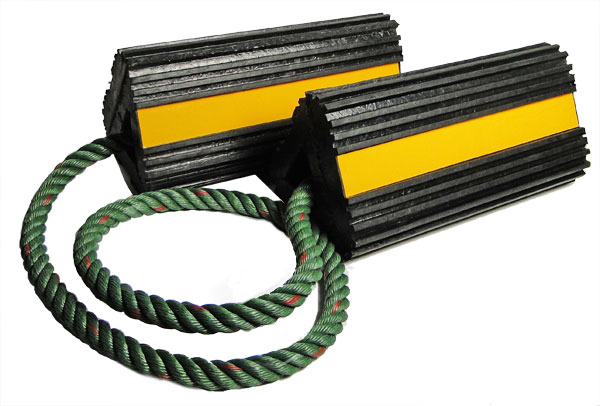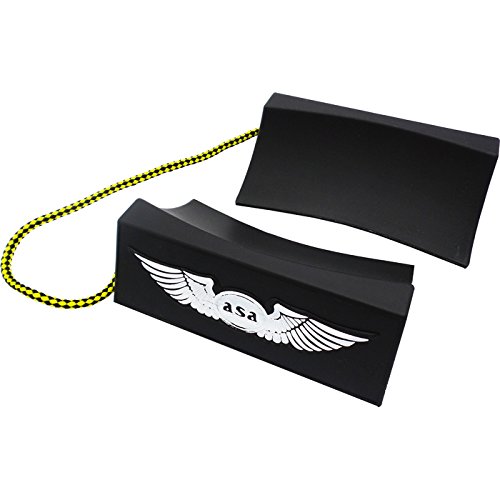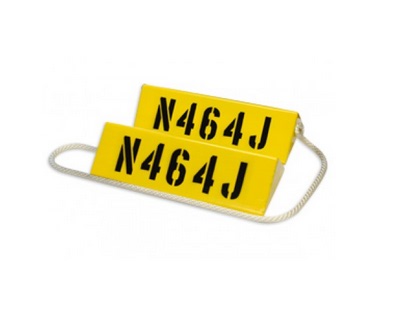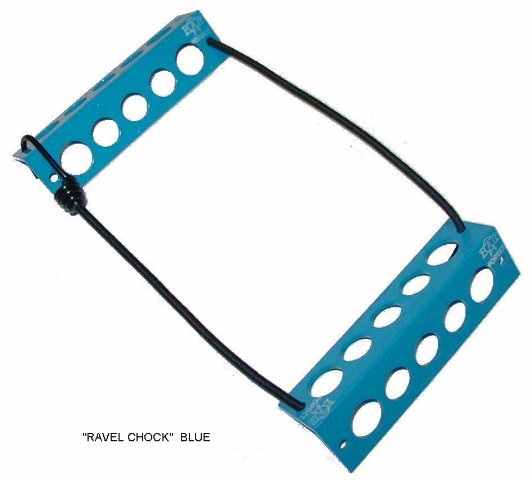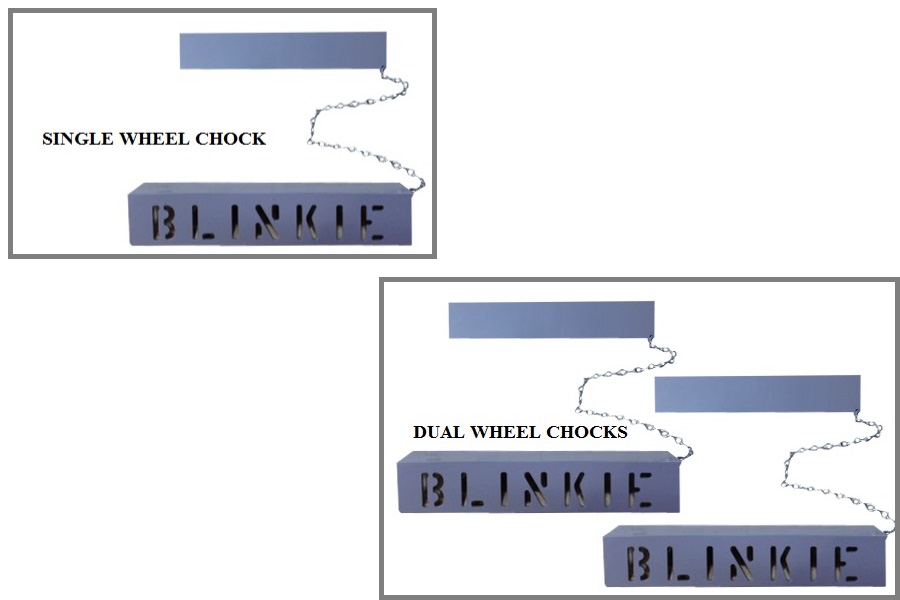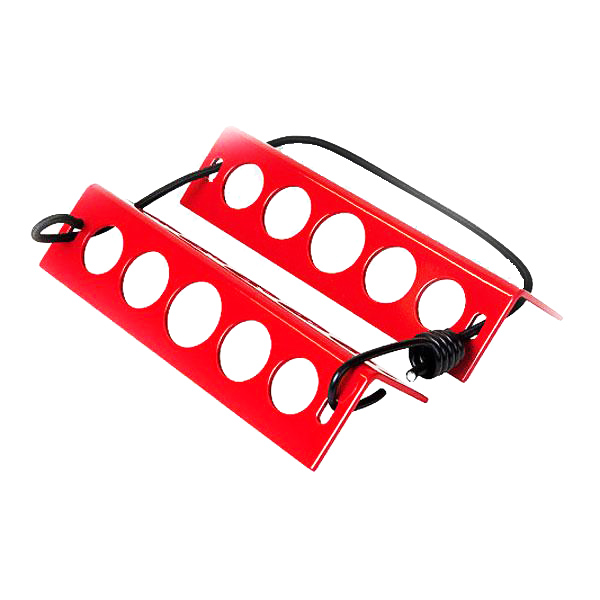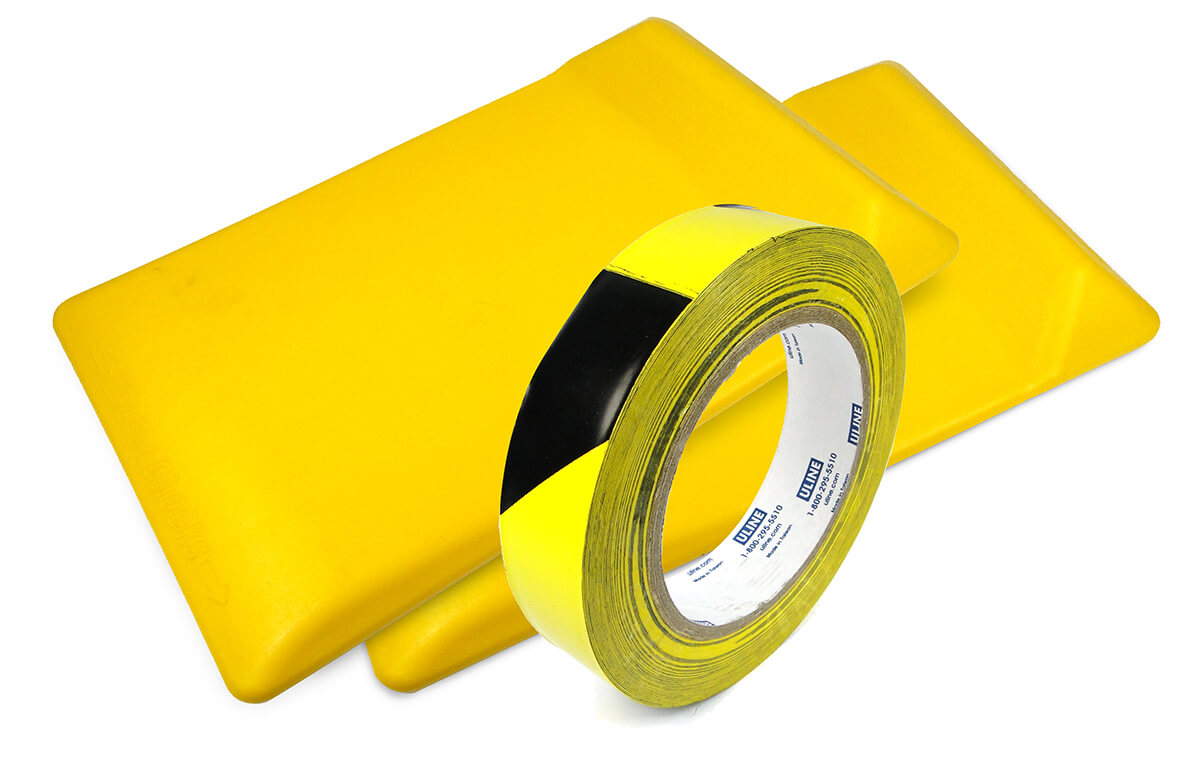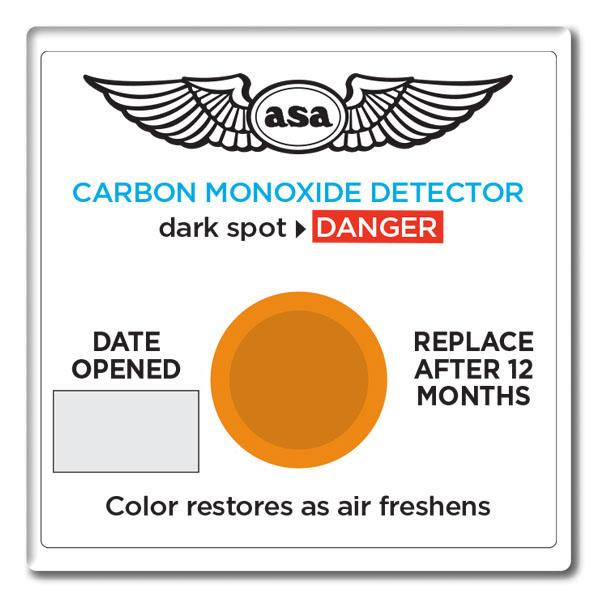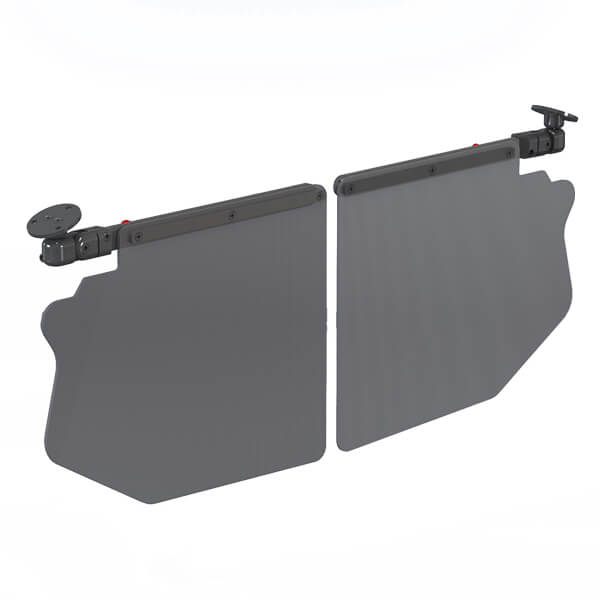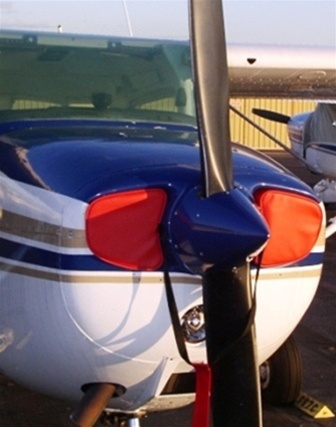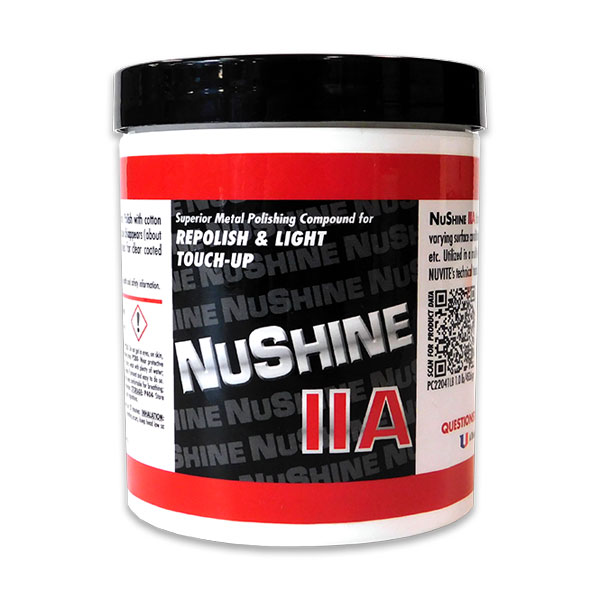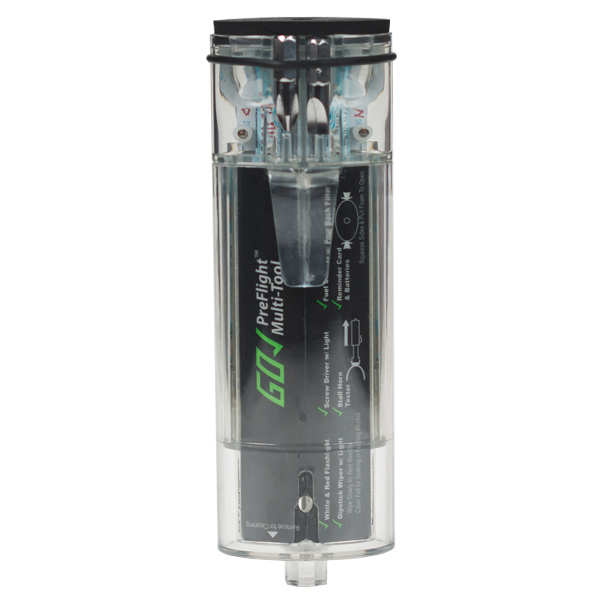Tigerchocks? 200 Series Aviation Wheel Chocks
Артикул: 13-11857
19204 16004 руб.
Наличие: – Есть в наличии у нашего поставщика. Доставка на наш склад в течение 5...6 недель после оплаты Вами заказа.
Overview
| TigerChocks 200 Series Aviation Wheel Chocks are designed for business, commercial, cargo, and military aircraft. They feature a contoured design that fits curvature of the tire to absorb wheel squat during loading and fueling operations. These chocks are made from impact-absorbing urethane and are resistant to oils, chemicals, fuels, and hydraulic fluids used in the aviation industry. For additional safety and convenience, TigerChocks 200 Series wheel chocks include a 3/8 in. x 24 in. (610 mm) replaceable nylon rope lanyard to connect two chocks together. These lightweight wheel chocks also feature a molded-in, high visibility color for easy identification. They are easy to use and ideal for carrying on aircraft. Sold as pair. Warning: Wheel Chock User Guidelines
|





